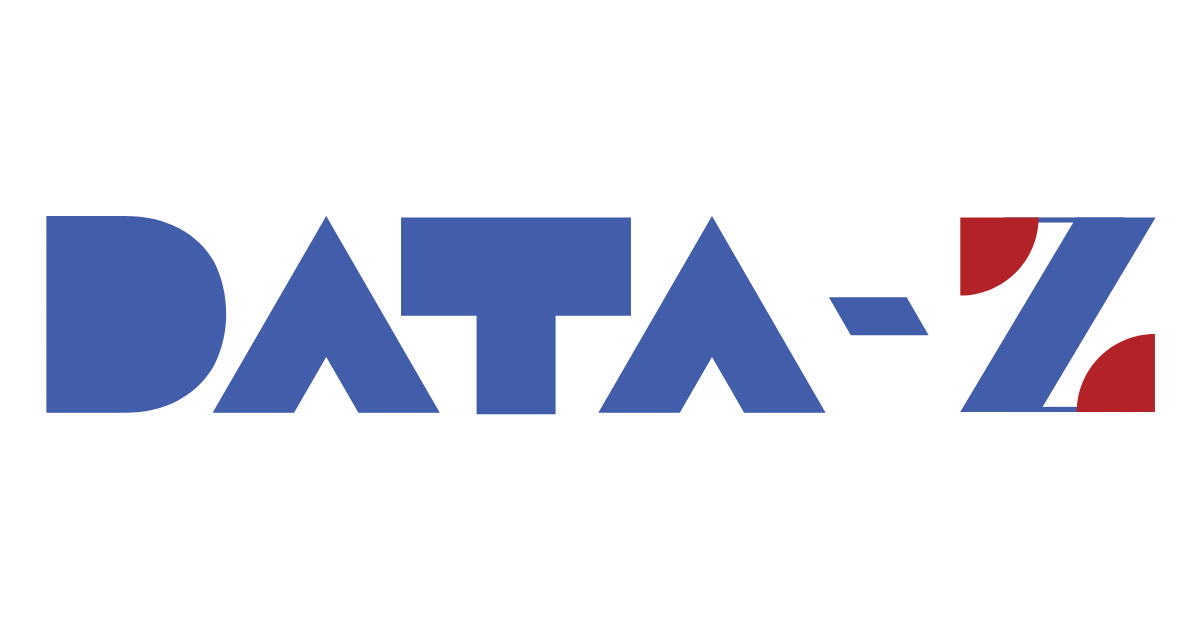Student debt is at an all-time high of $1.5 trillion.
Student debt is at an all-time high at $1.5 trillion. College is more expensive than ever as it is estimated the cost of tuition has raised about 25 percent in the last 25 years, and it shows no signs of slowing down. According to estimates by the College Board, in 18 years, private colleges will cost $120,000, and public colleges will be around $54,000 per year. Tuition is rising faster than incomes causing strain on families’ finances. Currently, about 13 percent of the country’s population carries at least one student loan. Here are five things you should know before you sign up for student loans. The cost of tuition has been a hot topic recently as many colleges and universities have shifted to e-learning due to the COVID-19 pandemic.
1. More people are attending college than ever before and it has never been as expensive. Student debt now exceeds $1.5 trillion and is expected to continue to increase. In 2018, there were 44.7 million Americans with student loan debt. About 70 percent of college graduates pay for their higher education by taking out student loans from either the federal government or private-sector loan brokers.
2. It takes on average 20 years to pay off student loans. The official estimate on how long it will take to pay off your student debt is 10 years, but the majority of borrowers are taking 20 years to pay off their loans. Sixty percent of borrowers carry their loans into their 40s. West Virginia and Kentucky are the two states with the highest percentage of student debt delinquency. The states have 15.8 percent and 15.6 percent of loan borrowers defaulting, respectively.
3. Americans over the age of 60 are the fastest-growing group of people with student loans. There are more than 2.8 million Americans over the age of 60 with student debt, and this number has increased by 700,000 since 2005. The amount they have borrowed has also almost doubled from $12,000 to $23,000 in the same amount of time. Only 27 percent are paying for their own education, while the majority took out the loan or co-signed for a child or grandchild.
4. Student loans are one of the fastest-growing assets on the federal government’s balance sheet. The government records student loans as assets on its balance sheet because it expects students to repay their debts in full. The amount being borrowed has increased by 877 percent, but the cost of college has only increased by 25 percent for private universities and 29 percent for public universities in the last 10 years. It is estimated that five percent of tuition increases were to increase administrative costs.
5. The average student debt is $29,900 when graduating, but in Connecticut, it is much larger. Connecticut has the highest student debt average at $38,699. Utah is the state with the lowest average graduating student debt at $19,782. Seventy-six percent of New Hampshire graduates have student debt, which is 24 percent more than the national average. This could beis causing students to leave the Granite State to continue their education elsewhere.

